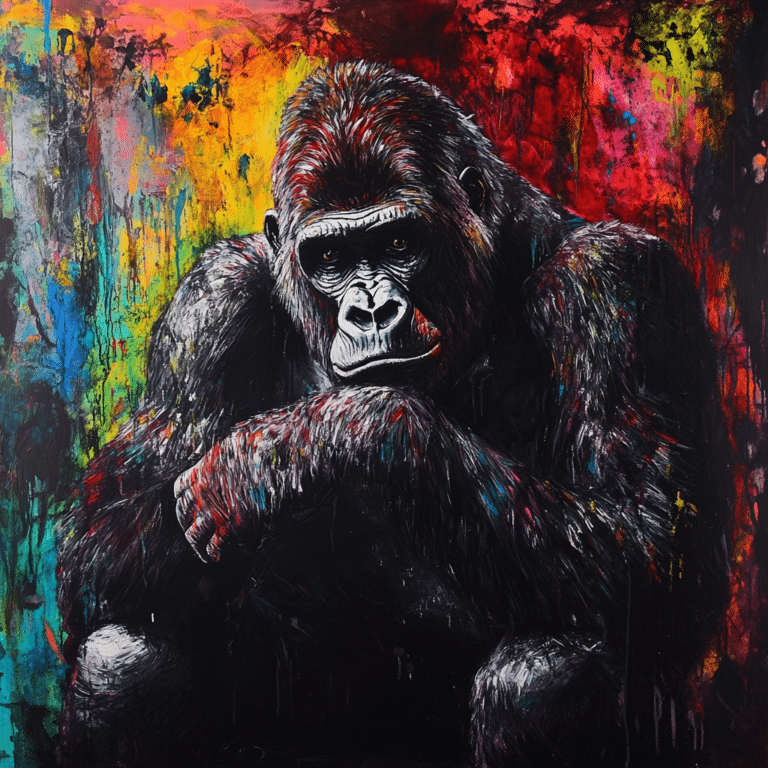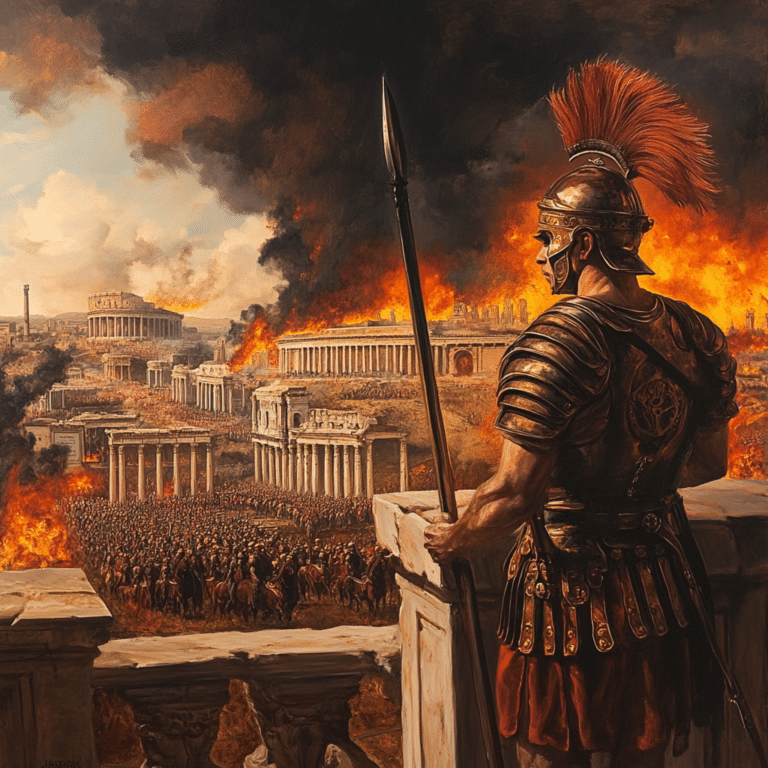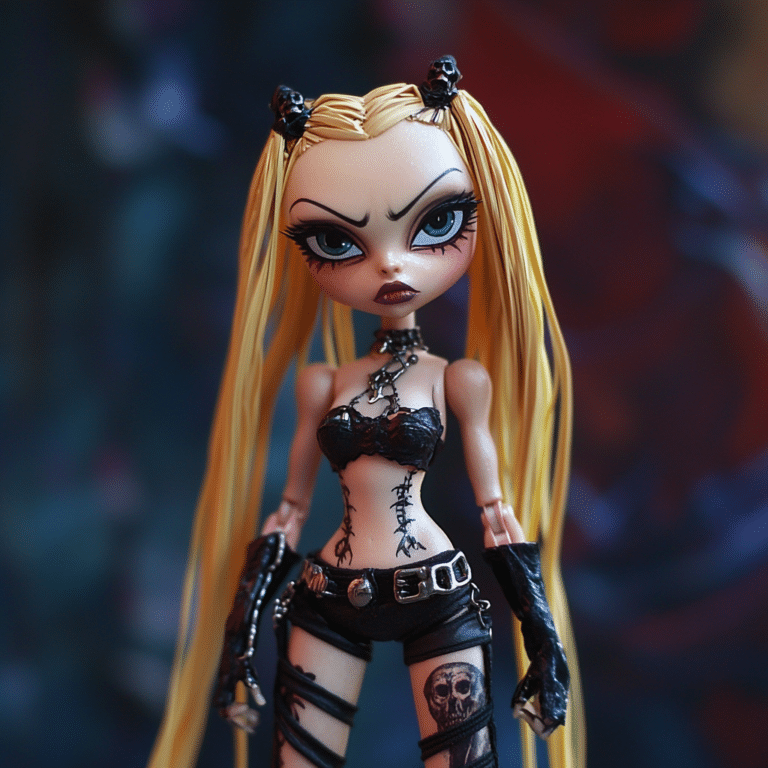When asking entrepreneurs and small business owners how they’re growing their brands, you’ll often hear discussion around increasing brand visibility. I believe this is due to three main reasons. First, brand visibility is a relatively straightforward concept that appeals to new entrepreneurs as well as those without extensive marketing backgrounds.
Second, awareness is crucial – in order for customers to engage with your brand, people must know about it. And thirdly, in today’s big data era, there are convenient methods of generating this awareness: purchasing targeted ads.
But visibility isn’t everything and advertising may not always be the most efficient use of your marketing budget. In this post, I’ll focus on another essential concept: credibility. I’ll attempt to demonstrate why credibility can be more valuable than visibility and why publicity tends to be the fastest way to gain it.
Visibility VS. Credibility
Let me begin with an analogy drawn from my window in West Hollywood, California: imagine two taco trucks standing side-by on a street corner. One has bright paint and its huge neon sign visible for miles away, yet there are only a couple customers waiting to order. On the other hand, its sign is faded and hard to read, but there’s still an eager line of customers stretching around the block – which one will get your money?
I’m going to venture a guess and say that unless you’re starving or short on time, Truck B is your best bet. Even if you choose Truck A, chances are good you’d prefer Truck B instead. Next time you need tacos, make it a point of budgeting time for waiting in line for Truck B – after all, if people are willing to wait that long for these delicious treats then surely they must be worth the wait!
By queuing up for Truck B, customers are effectively endorsing the business. Truck A may have more visibility and a more cohesive brand identity, but that won’t be enough to compete with what Truck B has: credibility (if you want to get technical, social proof is one form of credibility).
Here’s another dilemma: it’s pretty straightforward to copy truck A. You need the vendors, hire a designer if needed, and spend money to get the job done. At the end of the day, it comes down to available capital and budgeting priorities. But what if you want to be like truck B? How do you cultivate credibility?
Many people mistakenly assume that credibility is solely determined by product quality: make the best taco on the block, earn repeat business from customers, and watch as word spreads. And indeed, there are businesses that have achieved this success.
Though the “if you build it, they will come” strategy can be effective, it is also incredibly slow. When Taco Truck B first opened their doors, there weren’t lines like that at all; and building a strong word-of-mouth reputation that can sustain a business in an increasingly competitive market takes years.
Many businesses can’t wait that long – even as a work-from-home sole proprietor with minimal overhead, you still face substantial opportunity costs if your operations remain below capacity for prolonged periods of time. So how can you build credibility within a more manageable timeline? That’s where publicity comes into play – helping you establish credibility faster than expected!
How Publicity Brings Credibility
As an illustration of the power of publicity, let us introduce LA’s late great Jonathan Gold. Though he reviewed some upscale Michelin-starred restaurants, Gold is best known for visiting small ethnic cuisine joints owned by recent immigrants located in strip malls throughout working- and middle class neighborhoods.
Jonathan Gold is widely regarded as the first critic to review such eateries in a major, mainstream publication such as the LA Times, and many of his favorites have since become iconic LA landmarks. For places like Soban or Mayura, a favorable review by Jonathan Gold was like receiving instant credibility – or in other words: an overnight transformation into Taco Truck B.
If you want to be Truck B, two options exist: wait for customers to spread the word about your business or get the next Jonathan Gold to review it in the LA Times*. In order to achieve either result, either exceptional luck or hire a publicist who can connect you with influential individuals and get your company covered by media outlets – giving it credibility as well as visibility.
The Snowman and The Snowball
If tacos aren’t your thing, here’s an analogy: Visibility acquired through advertising is like building a snowman; you can make it as big or small as desired, but it won’t grow on its own. To make it bigger, add more snow with both hands (i.e. spend money on ads)**. Credibility gained through publicity is like watching snowballs slide downhill: while visibility from advertisements grows naturally over time, credibility acquired through publicity does not.
Investment of time and money are necessary to get the ball started, but once it takes off, it will keep growing on its own. Reviewers and journalists are both readers and consumers themselves, so their advice often rings true.
Reporters who come across your business may become customers, but their initial inquiry remains unchanged: “is this something I want to buy?”. On the other hand, reporters who read about your company in another paper might ask themselves, “is this someone I want to write about?”
Publicity, unlike advertising, can create a positive feedback loop: each article builds your credibility and encourages more articles that further boost it. All while, you’re increasing visibility without increasing spending (because you’re still paying your publicist the same retainer).
Can’t Buy Me Love
Finally, investing in publicity can reap benefits beyond financial gain. While I wouldn’t suggest making business decisions solely for bragging rights, it’s pretty cool to have your face featured on a magazine cover or an A-list celebrity wearing your dress on the red carpet.
Not only does being featured in top tier publications boost your ego, but it can also grant prestige which can be seen as a form of credibility so high that your brand becomes synonymous with quality and/or status. Well-known publications such as Time Magazine or The New York Times are themselves highly esteemed, so appearing within their pages grants someone or brand instantaneous prestige just by association.
Donald Trump proved this by commissioning fake Time Magazine “Man of the Year” covers for himself – as if being a multimillionaire and President wasn’t enough for recognition.
Sign Me Up
By now, you may be thinking “this publicity stuff sounds pretty cool! Where can I find some?” But no need to feel bad if that is your thought! Chances are good that you found this on the website of a publicity company (if not, just follow the link at the bottom). At Loaded Dice Films, online credibility is our specialty; so if that has piqued your interest, why not scroll up to our “Contact” tab and book an Zoom meeting with one of our publicists?
*If all you wanted was for your restaurant’s name to appear in The New York Times, then a full-page ad spread is your option. But that’s the Taco Truck A approach; all it offers is visibility – it communicates that your establishment exists and appears to be doing well enough for such costly advertising. A positive review, on the other hand, communicates trust from readers that someone they can trust endorses your business.
**Viral marketing is an exception to this rule. When your paid post or commissioned video goes viral, it can create a visibility snowball effect similar to that of successful publicity campaigns. Unfortunately, viral media spreads faster but its benefits are shorter-lived, and becoming viral requires much more skill and luck than most would think – it relies more on content quality and pure luck than anything else, making it potentially risky for marketers to invest their funds in this form of promotion.






















